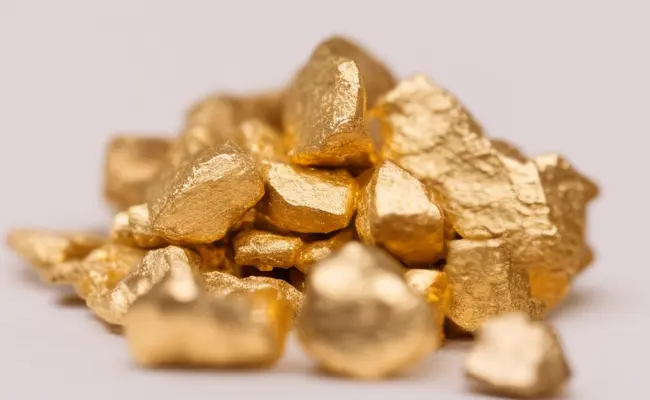Gold discovery, a pursuit that has enthralled humanity for centuries, continues to captivate the imagination of explorers, investors, and dreamers alike. From the glimmering allure of the metal to the thrill of uncovering hidden treasures, the quest for gold discovery is a journey filled with excitement, challenges, and the potential for immense rewards. In this article, we delve further into the mysteries and intricacies of gold discovery, exploring the significance, exploration methods, economic impact, and the stories that have shaped this captivating pursuit.
- The Significance of Gold:
Gold holds a special place in human history and culture. Its rarity, beauty, and malleability have made it a symbol of wealth, power, and luxury across civilizations. From ancient Egypt to modern financial systems, gold has played a vital role in trade, monetary systems, and the preservation of wealth. - Geological Forces and Gold Formation:
Gold deposits form through complex geological processes. They are often associated with hydrothermal systems, where hot fluids deposit gold in veins or disseminated form within host rocks. Other types of gold deposits include placer deposits, which are concentrations of gold particles eroded from primary sources and deposited in riverbeds or other sedimentary environments. - Exploration Strategies:
Exploration for gold is a multifaceted process that combines scientific knowledge, geological understanding, and a dash of intuition. Exploration strategies include:
- Geological Mapping: Geologists study rock formations, structural patterns, and mineral assemblages to identify areas with geological characteristics favorable for gold mineralization.
- Geochemical Surveys: Sampling of soils, stream sediments, and rock chips is conducted to identify anomalous concentrations of gold and associated elements, providing valuable clues to potential gold deposits.
- Geophysical Techniques: Geophysical surveys measure variations in physical properties such as magnetism, gravity, and conductivity to identify subsurface structures and potential gold mineralization.
- Remote Sensing: Satellite imagery and aerial surveys help identify geological features, alterations, and topographic patterns associated with gold mineralization, aiding in target selection and regional-scale exploration.
- Economic Impact:
Gold discovery has far-reaching economic implications. The development of gold deposits generates employment, stimulates local economies, and contributes to national wealth. Gold mining companies invest in infrastructure, create job opportunities, and support ancillary industries. The sale and export of gold contribute to government revenues and foreign exchange earnings. - Environmental Considerations:
While gold discovery brings economic benefits, responsible environmental practices are essential. Mining companies adhere to strict regulations, implement environmental management plans, and strive to minimize the ecological impact of their operations. Efforts are made to mitigate water pollution, manage waste rock and tailings, and reclaim disturbed lands. - Legendary Stories:
The annals of gold discovery are rich with stories of legendary finds that have become part of folklore. From the great gold rushes of the 19th century to the tales of modern-day prospectors, these stories of unexpected fortune and personal triumph continue to inspire and fuel the dreams of aspiring explorers. - Technological Advances:
Advancements in technology have revolutionized gold discovery. Remote sensing, geospatial analysis, and computer modeling enable more efficient target selection and exploration planning. Geophysical and geochemical tools have become more sophisticated, allowing for more accurate and detailed assessments. Digital mapping, data integration, and machine learning algorithms aid in the interpretation of complex geological datasets. - The Quest Continues:
The allure of gold discovery persists, driving explorers to venture into uncharted territories and unravel the mysteries of the Earth’s crust. Remote and underexplored regions, as well as innovative geological concepts, offer new frontiers for exploration. The ongoing quest for gold discovery fuels scientific advancements, economic growth, and the enduring spirit of adventure.
In conclusion, the pursuit of gold discovery combines science, ingenuity, and a touch of magic. The significance of gold, the intricacies of geological forces, and the economic impact of mining shape the allure of this precious metal. From ancient civilizations to modern explorers, the quest for gold discovery continues to inspire, fueling dreams of untold riches and pushing the boundaries of human endeavor.

